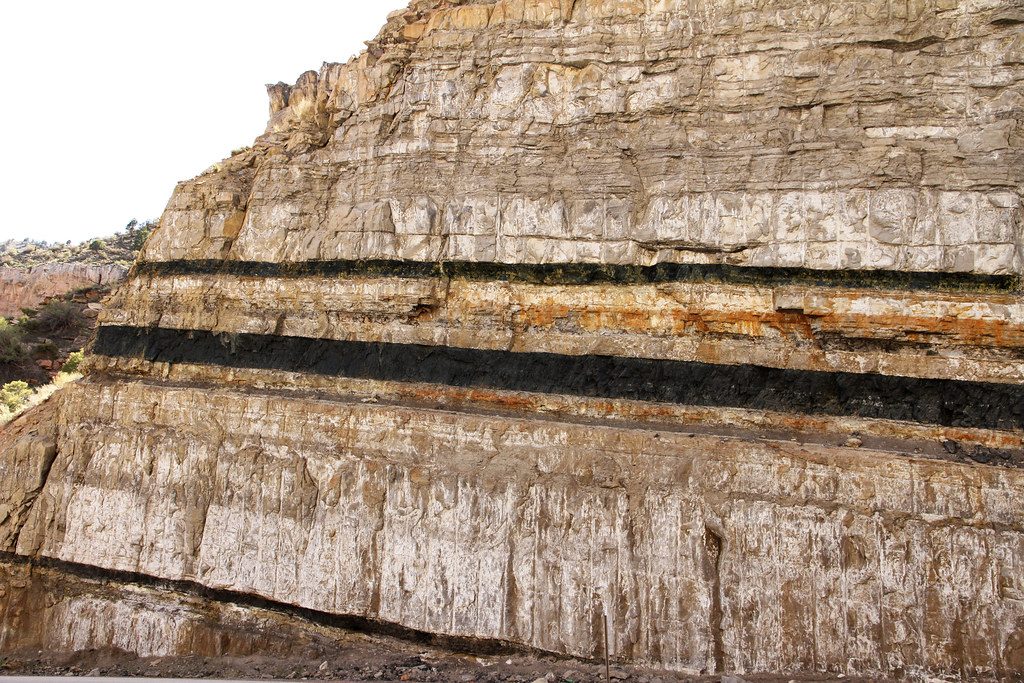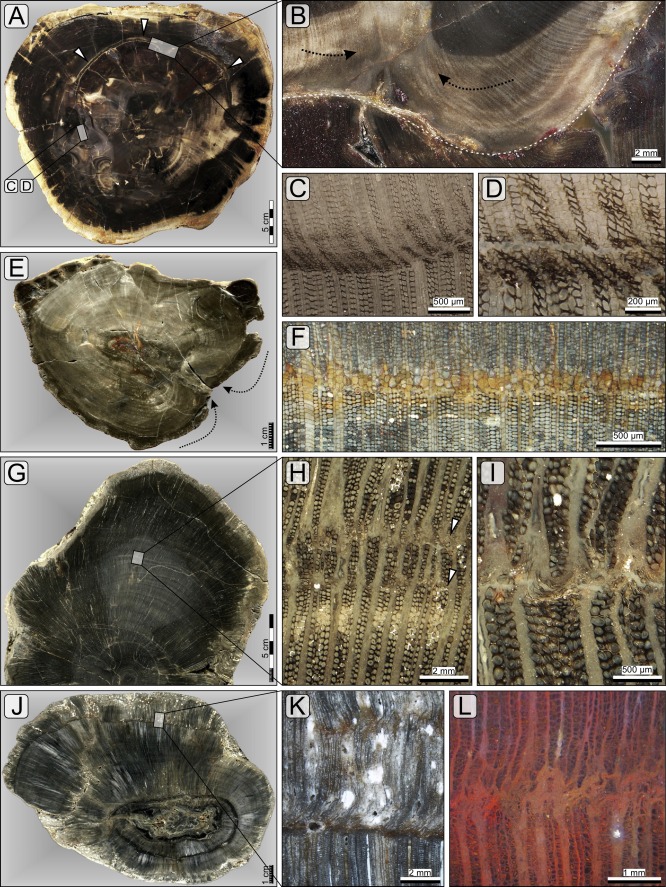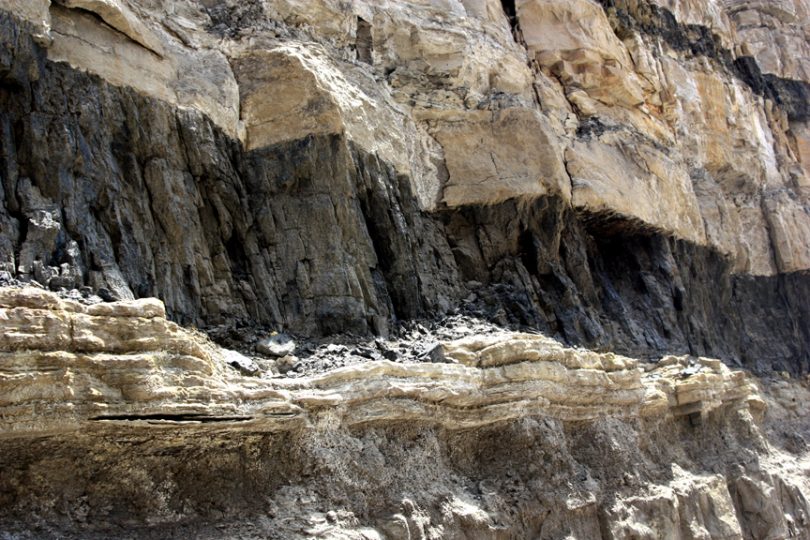Carbonization is a process where an organic substance such as bread, a leaf, an insect, or even an animal is destructively distilled into a carbonized image, through a process called pyrolysis. This process is considered the most important step in the coal making process of all fossil fuels under the earth. These processes have been shown to occur rapidly. Such rapid carbonization radically challenges the modern position that fossil fuels are all tens of thousands to millions of years old.
https://sciencedirect.com/topics/earth-and-planetary-sciences/carbonization
The observed makeup of the world’s immense coal beds does not fit the millions-of-years peat swamp model. Instead it points to rapid accumulation of plant debris through catastrophic global water deposition. Experiments demonstrate it takes as little as a few days to turn buried plant debris into coal, and produce oil from coal and organic debris. “
https://answersingenesis.org/store/product/recent-rapid-formation-coal-oil/?sku=30-9-674

If we accepted the traditional view of coal formation, we wouldn’t be able to see the tree rings in a lump of coal…
“Even in bituminous coal, we can still see the basic heterogeneous structure of plant cells. Random polycondensation does not occur, but rather selective preservation of the original structure.”
One problem with studying how wood converts to coal is that the reactions take place over an extremely long period,” said Hatcher, who is an associate professor of fuel science and geosciences at Penn State. When trying to duplicate those chemical reactions in the laboratories, he added, “We are faced with comparing something that occurs over a billion years with something modern.”
“Researchers used to believe that the lignin molecule synthesized in the laboratory by a random polymerization was the same as that occurring in nature, but this may not be true,” said Hatcher. “If we use a different model for lignin, one that is more ordered in the form of a helical structure, we may have to modify how we think of the chemical composition of coal.”
PennState University “Changing Wood into Coal”, Sally Kuzemchak https://news.psu.edu/story/140956/1994/06/01/research/changing-wood-coal

From several hundred fossil trees, the 53 best-preserved specimens were selected and investigated in detail by measuring 2,081 tree rings in individual sequences of up to 77 rings.
https://www.sciencedirect.com/science/article/pii/S0031018217300974


